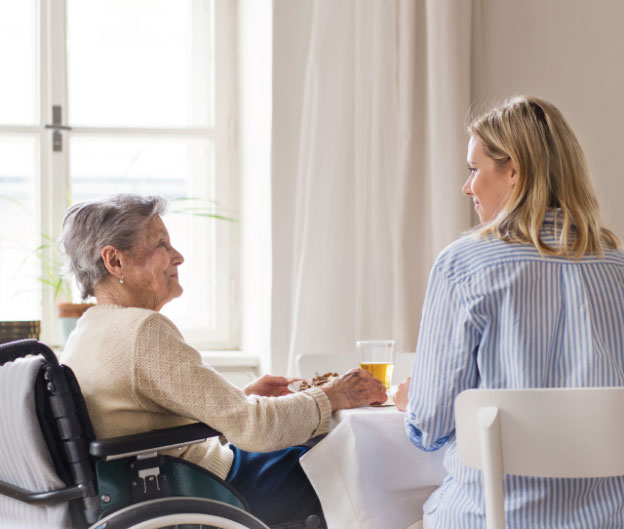Your cart is currently empty!
Fall Management in Aged Care: The Essential Guide for Carers
·
·
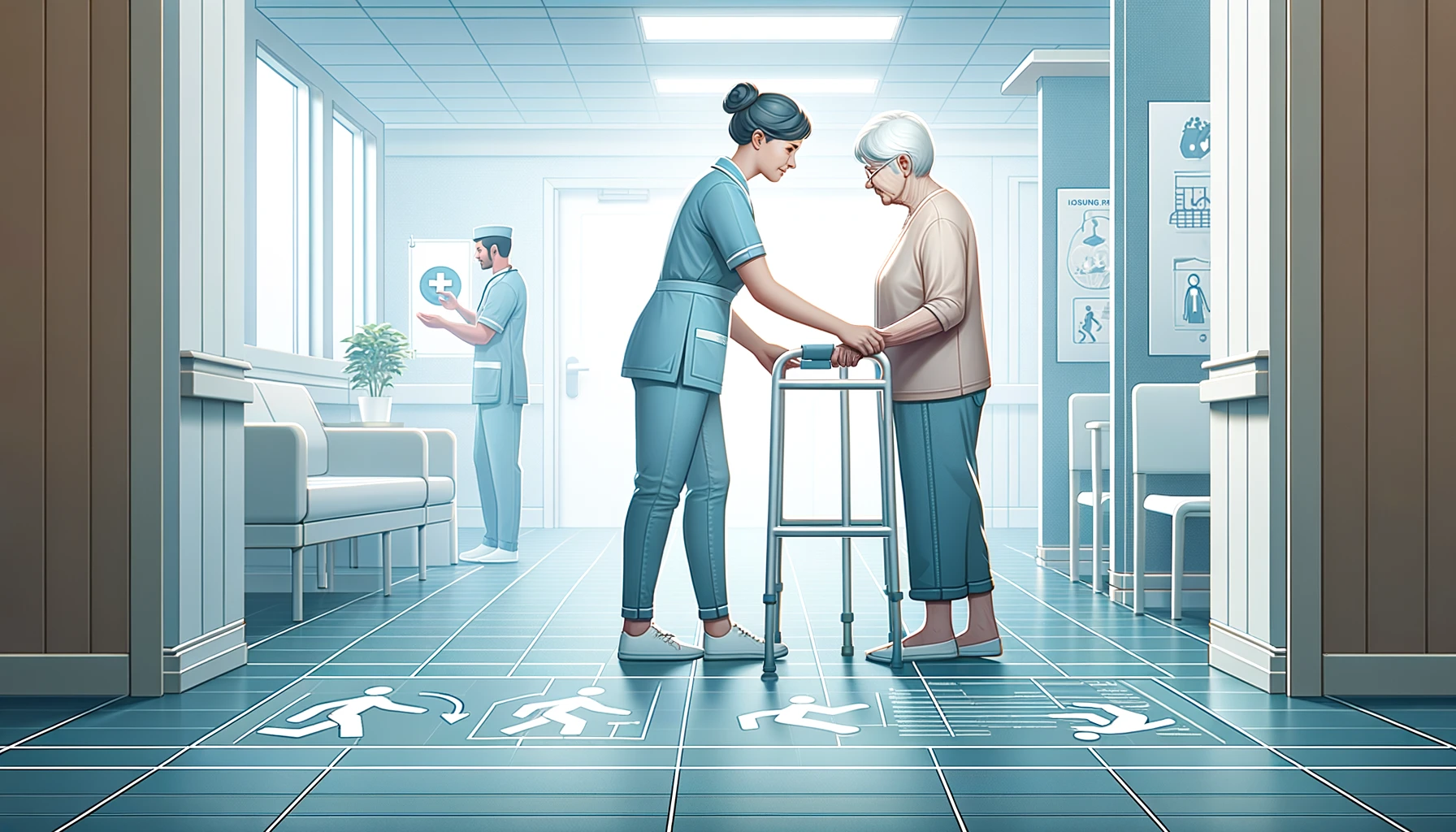
Fall Management in Aged Care: The Essential Guide for Carers
Fall Management in Aged Care: Falls are a major concern in aged care, significantly impacting the health and wellbeing of the elderly—a fact underscored by the chilling statistic that around 30% of individuals over the age of 65 experience at least one fall every year. This number tightens its grip on the vulnerable population residing in care facilities and those suffering from dementia. Not only do falls account for a considerable slice of Australia’s hospital-related injuries among seniors, but the shadow of their aftermath extends to hip fractures—a grim contributor to mortality and long-term morbidity.
The economic toll is just as stark, with fall-related injuries in aged care costing the Australian health system an estimated 4 billion dollars annually. However, with comprehensive fall management in aged care, substantial improvements in safety and quality of life can be attained. This guide aims to shepherd carers through the labyrinth of falls prevention strategies, delineating how to mitigate the risks that precipitate these unfortunate incidents and detailing practical fall prevention strategies at home and in care settings.
Recognising risk factors such as balance impairments, medication side effects, and environmental hazards is pivotal in crafting targeted fall minimisation strategies. As we delve into the essentials of fall prevention strategies, we will explore validated assessments and multifaceted interventions—ranging from simple environmental adjustments to complex clinical oversight—that can prevent falls in the elderly.
Moreover, we will navigate the aftermath of a fall, examining post fall assessment for nurses and answering critical questions such as “If a resident falls what should you do?” and “What to do when a resident falls in a nursing home?” Understanding these protocols is key to ensuring immediate and appropriate care, potentially mitigating the impact should a fall occur.
Our journey will also highlight how products from Safe-Life and Cura1 augment the carer’s toolkit, offering technological support that dovetails with the Australian Commission on Safety and Quality in Health Care’s (ACSQHC) guidelines. It is through holistic fall management in aged care—encompassing proactive assessments and tailored fall prevention strategies—that we safeguard our seniors, affirming their dignity and fostering a safer environment for all.
In this Essential Guide for Carers, we embark on a comprehensive examination of falls in aged care, anchoring our insights in the latest evidence and best practice protocols. Let’s step forward together, emphasizing prevention, readiness, and informed responses to the complex issue of falls among our cherished older community members.
The Importance of Fall Awareness and Mitigation
Understanding the gravity of falls in the elderly cannot be overstated, and thus, fall management in aged care necessitates heightened awareness and proactive mitigation strategies. Falls Prevention Awareness Week, observed on the autumn equinox, serves as a beacon, illuminating the critical importance of educating both caregivers and the community about how to prevent falls and the potential severity of fall-related injuries. During this week, resources such as the Falls Prevention Awareness Week Toolkit and Impact Report provide invaluable information and recommendations on effective fall prevention strategies, resonating with the purpose of reducing falls among seniors.
The campaign’s far-reaching impact is bolstered by the Falls Free® Initiative and various State Falls Prevention Coalitions in the United States, which tailor their goals, objectives, and activities to the unique needs of their local communities. Alongside these, the Spanish Falls Free CheckUp stands as an essential tool designed to lower the incidence of falls and related injuries among Spanish-speaking older adults.
In the sphere of fall management, the National Council on Aging (NCOA) emerges as a critical ally for caregivers, offering a repository of resources, guides, and articles that pave the way for falls management in aged care. These resources are specially curated not only to reduce the risk of falls but also to debunk the myths surrounding falls in the elderly, fostering a more informed and prepared caregiving environment. Importantly, Fall Prevention Month takes this a step further, advocating for year-round vigilance and engagement in activities that fortify seniors against falls. This initiative advocates for lifestyle choices such as:
- Leading a healthy lifestyle and maintaining regular physical activity.
- Undergoing annual bone density tests and eye examinations.
- Adhering to a nutritious diet rich in calcium and Vitamin D.
- Consulting healthcare professionals about the side effects of medications.
- Implementing home-safety measures that substantially lower the risk of falls. These fall minimisation strategies are crucial, with simple safety modifications in the bathroom, kitchen, stairways, and bedrooms significantly reducing the risk of falls. Should a fall occur, the protocol dictates that seniors have someone to check on them, use medical alert devices, try to fall on their side, and importantly, avoid panic while calling for assistance.The importance of fall awareness and mitigation is clear. To prevent falls in the elderly effectively, caregivers must implement falls prevention strategies such as those highlighted during Falls Prevention Awareness campaigns and incorporate recommended lifestyle choices that foster a safe living environment. It is through these concerted efforts that we can aspire to a robust falls risk prevention strategy, improving the quality of life for our senior population.
Why Are Older Adults Prone to Falling?
Understanding the predisposition of older adults to falls is crucial in the implementation of effective fall management in aged care. There are a myriad of factors that contribute to this increased vulnerability among seniors, and acknowledging these risk factors is the first step in devising robust falls prevention strategies.
One significant physiological change in elderly individuals that underpins the heightened risk is lower body weakness. Aging naturally brings about a decrease in muscle mass and strength, particularly affecting the stability and support the lower body provides. This decline can compromise an older person’s balance, making it challenging to recover swiftly when stability is disturbed, resulting in a higher likelihood of falling.
Furthermore, the balance and sensory systems that are intrinsic to maintaining upright posture and coordination can degrade over time. Vision problems can mask hazards, and inner ear dysfunctions may disrupt our innate balance, contributing to unsteadiness. Age-related changes in these areas can be subtle but have a profound effect, underscoring the need for regular assessments as part of comprehensive fall prevention strategies at home and in care facilities.
Medications, often indispensable for the treatment of various health conditions, can paradoxically pose a risk for falls. Certain classes of drugs, such as antihypertensives, sedatives, and antidepressants, can induce side effects like dizziness or confusion, which can precipitate a fall. Consequently, reviewing medications as part of a falls risk prevention strategy is imperative.
Environmental factors within homes and care settings also have a significant role in fall incidents. Hazards like loose rugs, poor lighting, and absence of grab rails contribute to the risk. Professionals implementing fall management in aged care must, therefore, prioritize environmental audits – removing tripping hazards, installing railings, and ensuring adequate lighting as fall minimisation strategies.
Lastly, psychological factors such as fear of falling can become a self-fulfilling prophecy, as it can lead to reduced activity, resulting in deconditioning and further weakening of the body, thereby increasing the chances of a fall. Encouraging safe, regular physical activity is essential to combat this fear, strengthen the body, and instil confidence in mobility among the elderly.
To address these risks, healthcare professionals employ the Comprehensive Geriatric Assessment (CGA) for a multi-faceted evaluation, looking into pain levels, pharmaceutical history, and assessing balance and mobility through exercises like the timed up and go test. By considering individual risks alongside environmental factors, carers can tailor fall management in aged care to each person’s needs, reducing the likelihood of falls and preserving health and independence among the elderly population.
7 Tips to Help Prevent Falls Among Seniors
Cementing fall management in aged care within our compass of care, it is imperative to incorporate tailored falls prevention strategies. These strategies adopt a holistic approach that addresses physiological, environmental, and behavioural factors to reinforce safety and reduce the incidence of falls among our elderly loved ones. Here are seven pivotal tips to help prevent falls in the elderly—each a cog in the intricate machinery of fall prevention.
- Exercise Regularly with Focus on Balance: Encouraging at least 150 minutes of exercise per week, specifically targeting functional strength training and balance exercises, can reduce the risk of falls by 23%. These routines help in augmenting core strength, flexibility, and overall stability, fortifying seniors against the peril of falls. Examples of suitable exercises include Tai Chi,
- Select Proper Footwear: The choice of footwear plays a critical role in preventing slips and tumbles. Opting for shoes with thinner, firmer soles, adequate tread for grip, secure fastenings, and supportive collars can significantly minimize risks. Athletic shoes, known for their sturdy design, are lauded for their ability to diminish fall hazards.
- Medication Management: Vigilance in the management of medications—especially those with side effects like dizziness or sedation—is paramount. A periodic medication review with a healthcare provider can ensure that the benefits of each prescription do not unwittingly overshadow their potential to contribute to falls in aged care.
- Routine Visual Screenings: Eyes are the windows to the world and the gatekeepers of our safety. Regular eye check-ups are essential, as vision impairment can subtly increment the risk of falls. Identifying vision issues promptly can aid in falls management in aged care by allowing for necessary corrections to eyewear or treatment of eye-related diseases.
- Modify Living Environments: Adapting living conditions by identifying and removing tripping hazards holds the key to creating a safer space for the elderly. Fall prevention strategies at home include ensuring ample lighting, securing loose rugs, and decluttering walking paths to forge an environment conducive to mobility without the lurking risk of a fall.
- Stress on Non-slip Surfaces: It is in the slick corners of homes—like bathrooms—where danger often lies in wait. The strategic placement of non-slip mats can act as a critical defence in preventing bathroom falls, which are particularly prevalent and dangerous.
- Open Dialogue with Healthcare Professionals: Dialogue with healthcare providers about fall prevention is essential for a well-rounded fall management strategy. This encompasses discussions about the right exercises, medication adjustments, the necessity for regular health screens like foot assessments, and considering environmental modifications tailored to individual needs.These falls prevention strategies serve as bulwarks that bolster fall management in aged care. By implementing a confluence of these proactive measures and adhering to the aged care falls protocol, caregivers can make meaningful strides toward safeguarding individuals from the threat of falls. It’s about empowering our elderly community with the knowledge and tools for stability—underpinning their confidence and independence. For those seeking further guidance, resources such as the Australian Government’s guide “Don’t fall for it – Falls can be prevented!” offer in-depth insights into fall minimisation strategies. Should a fall occur, knowing precisely what to do when a resident falls in a nursing home is critical for ensuring timely care and support. This involves a thorough post fall assessment for nurses, prompt assistance, and if necessary, medical evaluation to uncover the cause and craft a strategic plan to mitigate future risks.Together, by weaving together these falls risk prevention strategies with a heartfelt commitment to holistic care, carers can significantly reduce falls in aged care, and uphold the wellbeing and dignity of our treasured older adults.
If You Do Fall, What Should You Do?
In the untoward event of a fall, the immediate aftermath can be disorientating and frightful, not just for the faller but also for the carer involved in fall management in aged care. When falls occur, a structured approach, emphasizing safety and assessment, is essential to manage the situation efficaciously. Here’s what should be done if a resident falls in a nursing home:
Self-Assessment: Older adults, if conscious and able, should calmly perform a self-assessment. This entails checking for signs that necessitate immediate medical attention, such as:
- Persistent dizziness or confusion
- Extreme pain in any body part
- Inability to move or stand up
- Disorientation or loss of consciousness
- If any of these symptoms are present—or in case of any doubt—it’s imperative to seek immediate medical care. It’s crucial for seniors to understand that attempting to stand up hastily could exacerbate potential injuries
Seeking Help: If help is needed after a fall, the individual should:
- Call for assistance—using a medical alert system if one is available
- Keep warm to prevent hypothermia, especially if they are unable to move
- Stay as calm as possible while waiting for help
- Keeping emergency numbers within reach and having a contingency plan if a resident falls what should you do can expedite assistance and medical evaluation.
Post-Fall Recovery: Following medical attention and with the approval of healthcare providers, a structured recovery plan should be gradually introduced. As falls management in aged care progresses, it can include doctor-approved exercise programs aimed at bolstering balance and mobility, along with other falls prevention strategies such as:
- Vitamin D and calcium supplementation to enhance musculoskeletal health
- Regular podiatry and eyesight assessments to rectify contributing factors
- Introduction of walking aids for additional support and stability
- Additionally, regular check-ups and communication with healthcare professionals about the fall incident are crucial since underlying causes can frequently be treated or managed. Carers play a critical role in ensuring that these falls prevention strategies are implemented effectively within the parameters of the aged care falls protocol. It is also essential to review and adjust home environments to prevent future incidents. This includes implementing fall prevention strategies at home, such as adding handrails, removing tripping hazards, ensuring adequate lighting, and placing non-slip mats in high-risk areas. Home modifications, combined with lifestyle changes, can considerably decrease the risk of subsequent falls.In orienting carers guided by the falls management in aged care principles, these procedural directives function as a compass—indicating exactly what to do when a resident falls in a nursing home—and in maintaining a robust and proactive falls risk prevention strategy. By cultivating a responsive and informed ethos, carers can not only address incidents when they occur but also initiate powerful fall management strategies aimed at preserving the health and dignity of the seniors entrusted to their care.
Neurological observations, or ‘neuro obs’, are another critical aspect of falls management in aged care. These involve monitoring and recording changes in a resident’s neurological status, such as consciousness level, pupil response, and limb movements. Regular neuro obs can help detect early signs of deterioration, allowing for timely intervention and potentially preventing falls. Neuro obs post fall are also crucial in assessing the resident’s recovery progress and determining if further medical attention is needed. They provide valuable insights into the resident’s overall health status and can help identify any potential complications that may arise from the fall. By conducting regular neuro obs, carers can ensure that the resident’s health is closely monitored, thereby reducing the risk of subsequent falls.
The post fall management protocol includes a thorough assessment of the resident’s physical and mental health, reviewing the circumstances of the fall, and implementing appropriate interventions. This may involve medical treatment, rehabilitation, or changes to the resident’s care plan. It is also important to communicate effectively with the resident and their family, providing reassurance and information about the steps being taken to prevent future falls.
What happens during an unwitnessed fall?
The unwitnessed fall protocol involves a thorough investigation of the incident, including identifying the location and time of the fall, the activity the resident was engaged in, and any potential contributing factors. Medical assessment is immediately required to determine any injuries and to manage them appropriately. It’s also important to document the incident and report it to the relevant authorities, as well as to the resident’s family, to ensure transparency and accountability.
How Safe-Life and Cura1 falls prevention products can assist
Implementing effective fall management in aged care is essential for enhancing the safety and dignity of our elderly community. To this end, innovative falls prevention in residential aged care products developed by Safe-Life and Cura1 can be instrumental in supporting carers in their efforts to prevent falls among seniors.
Safe-Life offers modern solutions designed to alert caregivers immediately when a fall risk situation occurs. Our range includes a variety of devices such as out of bed sensors, and chair sensors, both of which provide efficient monitoring with no monthly fees. Specially designed products like the door reed to pager kit support carers by ensuring that seniors are supervised even during periods when direct observation is not possible. Our comprehensive range of products addresses different aspects of fall management—from immediate alerts to long-range monitoring through systems like the hospital in the home range and Safe-Life personal alarms, ensuring that caregivers are equipped with the tools necessary to implement proactive falls prevention strategies.
Cura1’s arsenal of falls management tools specializes in providing affordable, easily deployable systems that are invaluable across various sectors, including healthcare and home care. This is exemplified by their Cura1 Universal Bed Pad Kit for Home Use, which is particularly innovative. This kit is key to fall management in aged care as it includes an array of features beneficial for both the carer and the senior:
- A bed pad placed beneath the fitted sheet which, when exited, signals the monitor—an effective way to alert carers of an unassisted bed exit.
- The versatile monitor, capable of syncing with multiple transmitters, can also accommodate a chair pad, expanding its utility within fall prevention strategies at home.
- Easy monitoring from inside or outside the room is made possible with the wireless pad monitor, equipped with an audible alarm system that offers different tones and volume settings.
- For distance monitoring, the product assures a range of 50 meters line of sight to the transmitter and provides a “Pad Lost Signal” indicator for out-of-range warnings. The safety and ease of use of Cura1 products aid in reducing the number of falls in aged & home care settings. Carers can anticipate and promptly respond to falls or exit attempts through these devices. Moreover, both Safe-Life and Cura1 are dedicated to supporting the global theme of how to prevent falls, demonstrated by their complimentary products such as sensor mats and various cordless transmitter packs, enriching the care environment in facilities and homes alike. Recognising the importance of reliable products in ensuring fall safety, Safe-Life provides a holistic range of Cura1 items. Whether the environment calls for wireless options or hard-wired systems, there is a solution at hand. Through their 30-day money-back trial period and price match guarantee, alongside a comprehensive warranty and repair policy, Safe-Life ensures that caregivers have access to trustworthy and risk-free falls prevention strategies in aged care.In embracing these advanced and effective fall management solutions, caregivers can make significant strides in fall management in aged care, confidently implementing an aged care falls protocol that safeguards the well-being of residents. With the technology provided by Safe-Life and Cura1, falls management in aged care becomes a more manageable and effective endeavour, dynamically complementing the falls prevention strategies already in place.
Strategies to minimise risk in aged care
One of the most effective strategies is to create a safe environment that minimizes hazards that could lead to falls. This includes ensuring adequate lighting, removing tripping hazards such as loose rugs or clutter, installing grab bars in bathrooms and stairways, providing non-slip mats in wet areas like bathrooms and kitchens, and using furniture that is sturdy and easy to use. Additionally, regular vision and hearing checks are essential as impairments can increase the risk of falls.
Fall Management in Aged Care – Conclusion
In conclusion, our journey through the various facets of fall management in aged care underscores the critical balance between awareness, prevention, and responsive action. We have explored the inherent risks facing seniors, along with practical and technological strategies to minimize these risks—highlighting the importance of regular exercise, environmental modifications, and vigilant medication management. The integration of products from Safe-Life and Cura1 further fortifies our arsenal against falls, providing caregivers with essential tools to detect and prevent incidents before they occur.
Ultimately, the robust application of the strategies and insights discussed herein has the potential to significantly enhance the safety and quality of life for our elderly population. It is through a concerted effort to understand, prepare, and act upon the knowledge of fall management that caregivers can ensure a secure and dignified environment for those under their care. As we continue to strive for excellence in aged care, let us carry forward the collective responsibility of safeguarding our seniors with empathy and expertise.
FAQs
Many carers and family members have questions about fall management in aged care, seeking clarity on prevention measures and the right course of action when a fall occurs. Here are some frequently asked questions that provide valuable information for carers and those involved in elderly care:
Why are falls so common among the elderly?
- Nearly 1 in 3 older adults experience a fall each year, predominantly due to physical changes associated with aging, environmental hazards, and health neglect. Conditions like low blood pressure, Parkinson’s disease, arthritis, and diabetes increase this risk.
Should a doctor be consulted after every fall?
Speaking with a doctor post-fall is crucial to address potential injuries, identify underlying health issues, and refine falls prevention strategies.
What interventions help prevent falls?
Prevent falls in the elderly through various interventions such as regular intake of Vitamin D and calcium supplements, medication reviews, and ensuring proper footwear. Lifestyle changes like a healthy diet and exercise also play a significant role in fall prevention strategies at home.
How can healthcare providers contribute to preventing falls?
Healthcare providers can reduce falls by identifying at-risk patients, managing medications effectively, and leveraging resources like the CDC’s Compendium of Effective Fall Interventions.
What are the costs associated with falls among the elderly?
The financial implications are substantial, with falls incurring significant costs for public health systems due to the need for medical care and rehabilitation.
What role does bone health play in preventing falls?
Strong bones are less likely to break during a fall, so ensuring good bone health through adequate vitamin D and calcium intake and bone density testing is essential in falls management in aged care.
For effective falls management in aged care, understanding the intrinsic and extrinsic factors causing falls is crucial. Carers and healthcare professionals must be vigilant in conducting regular risk assessments, promoting physical activity, and ensuring a safe living environment to minimize fall risks. Engaging with initiatives like those offered by Active Ageing Australia can further aid in providing comprehensive fall prevention strategies for the elderly.
Remember, open communication about fall risk, including discussing any falls history, is vital in crafting a preventive approach. Through interprofessional cooperation and utilization of guidelines like those from the Australian Commission on Safety and Quality in Health Care, caregivers can develop a well-rounded aged care falls protocol, contributing to a safer environment for the elderly.
These answers can serve as a guide to better inform not only carers but also the elderly, ensuring practices that are in line with evidence-based falls management in aged care, with the goal always to uphold the safety and dignity of our senior community.
Please call or email one of our friendly staff to assist you with your enquiry.
Safe Life
Alerting Devices Australia P/L T/A Safe-Life 5/270 Lower Dandenong Rd, Mordialloc, VIC, Australia 3195
NDIS Provider Number
4050109546
ABN
67 637 195 941
Phone
[formidable id="6"]
Share Article
More articles
-
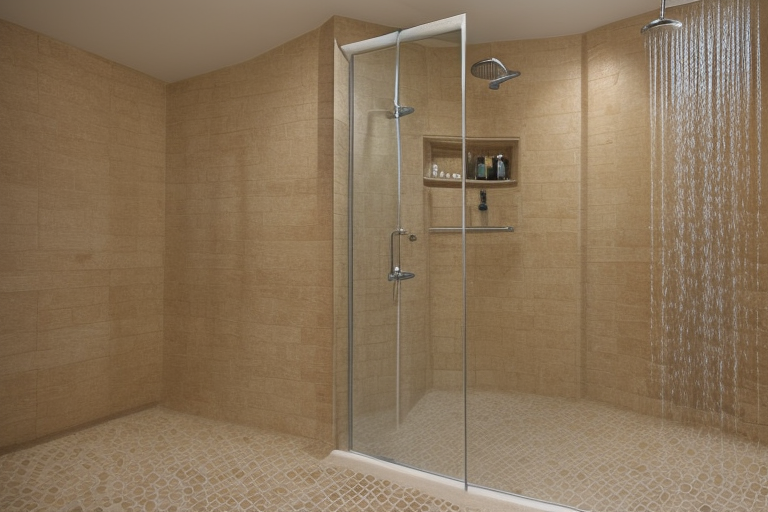
|
4 minutesA Comprehensive Guide to Showering Procedure in Aged Care
Introduction Showering is a basic necessity that plays a vital role in maintaining personal hygiene and overall health. As people age, performing daily tasks such as showering can become increasingly challenging due to limited mobility, cognitive decline, or other health issues. In aged care, it is crucial to have an…
-
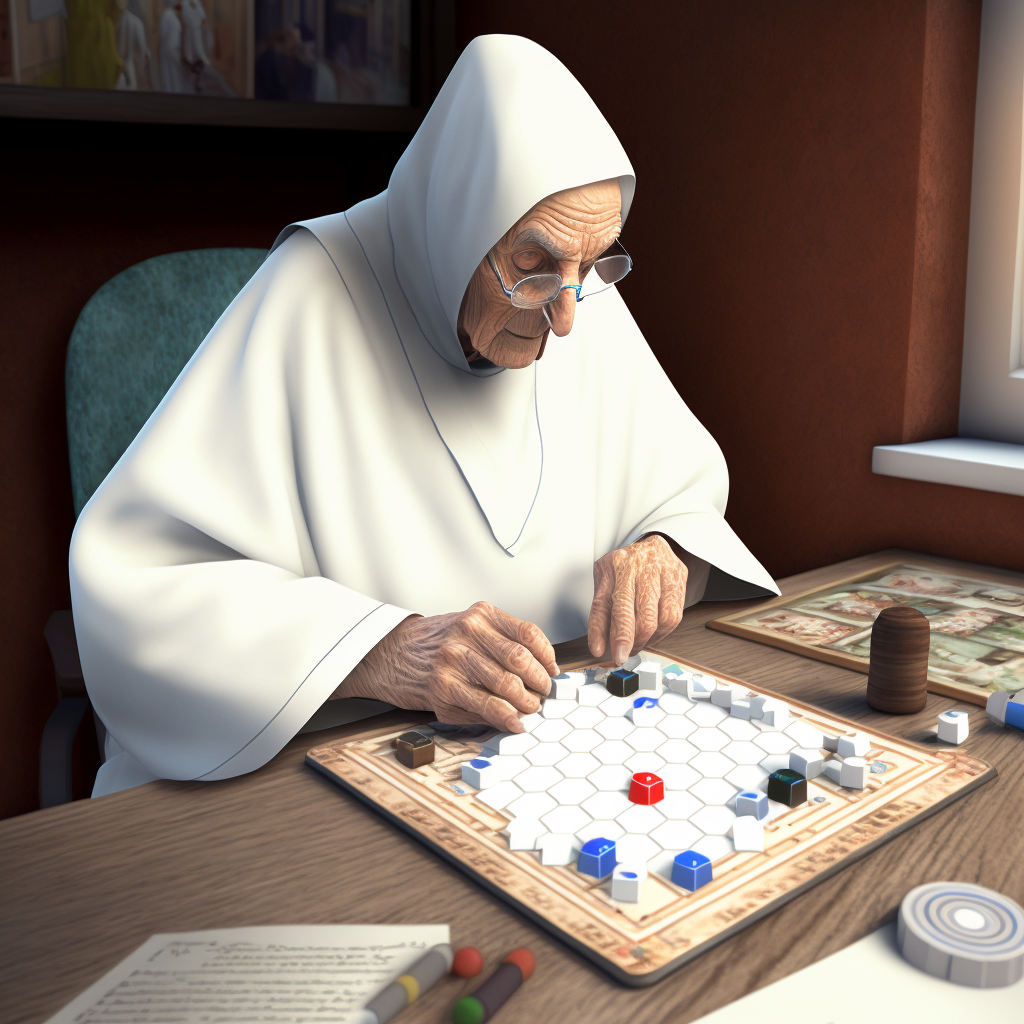
|
9 minutesActivities for Dementia Patients: Unlock the Joy of Living
Unlock the Joy of Living: Activities for Dementia Patients It can be difficult to know what to do with a loved one who has dementia. After all, the condition can make it hard to enjoy the hobbies and activities they once did. But it’s important to remember that activities for…
-
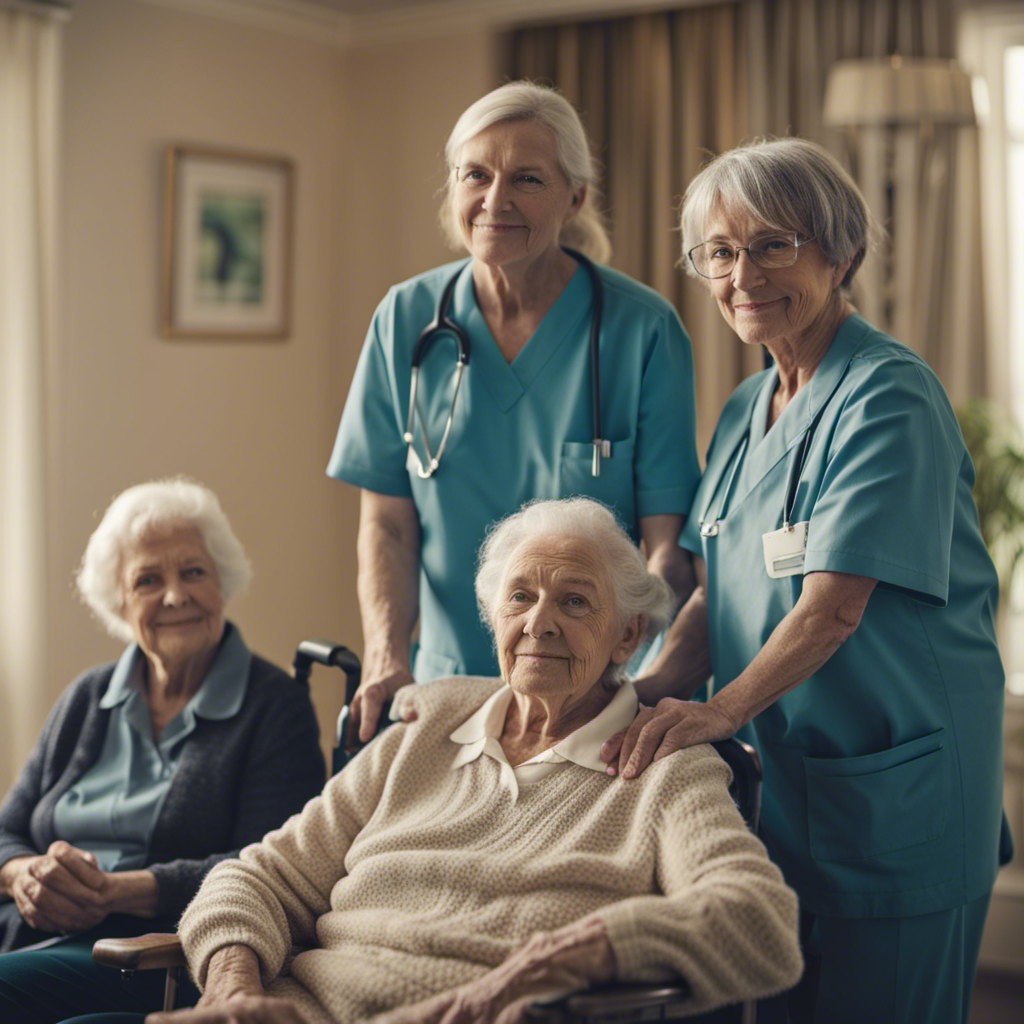
|
10 minutesAged Care Employee Day: An Insight into the Celebration
Introduction to Aged Care Employee Day The concept of Aged Care Employee Day is centred around acknowledging the dedication and compassion demonstrated by the individuals who care for the elderly population. Aged care employees, encompassing everyone from the frontline staff to the behind-the-scenes teams, play a crucial role in enhancing…
-
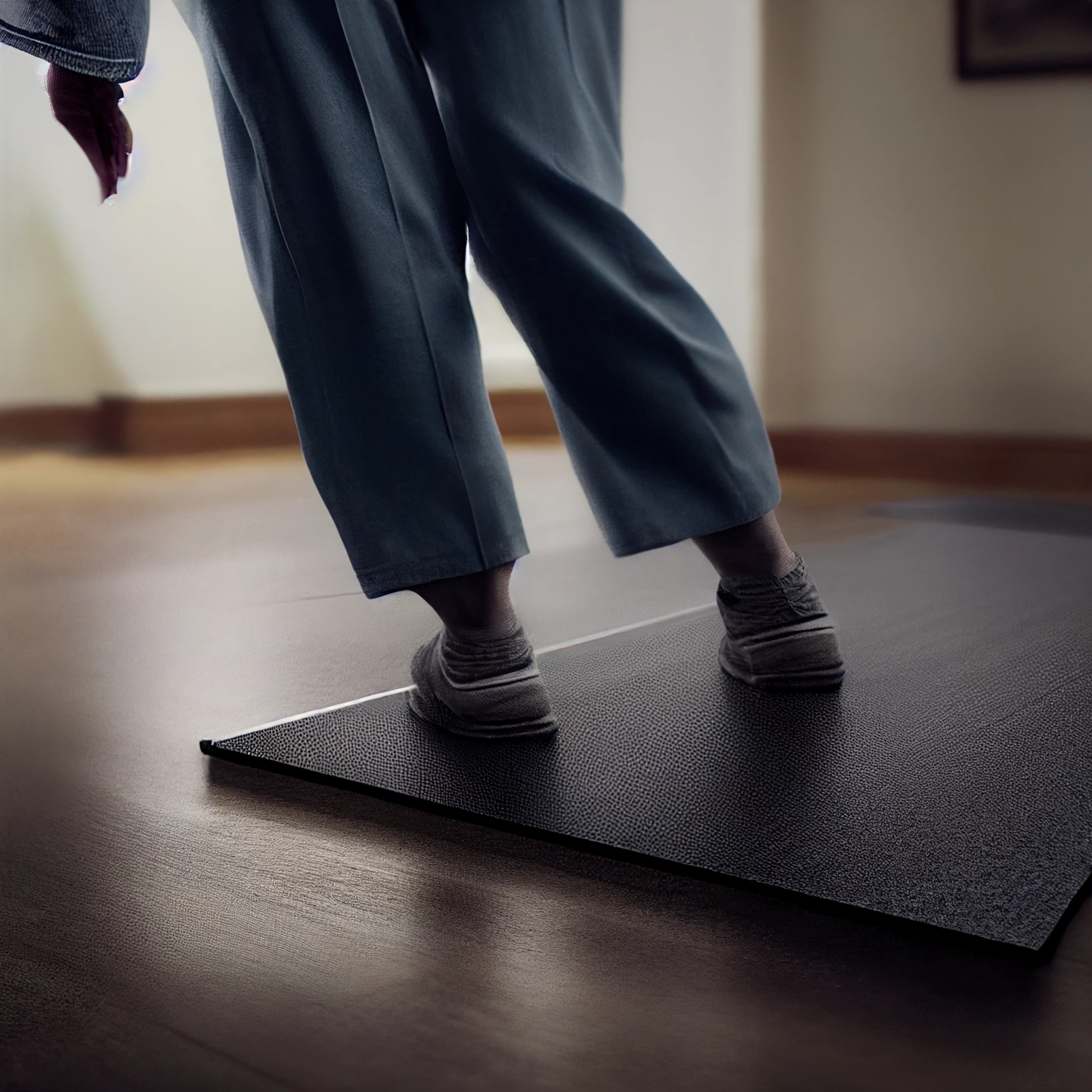
|
7 minutesAlarm Sensor Mats and Bed Sensor Pads: What you need to know about them
Introduction Alarm sensor mats are one of the most effective ways to prevent falls. It works by detecting when someone steps on it and then alerting caregivers or family members. It’s ideal for use on beds, chairs and other areas where seniors may be more likely to fall. They are…





